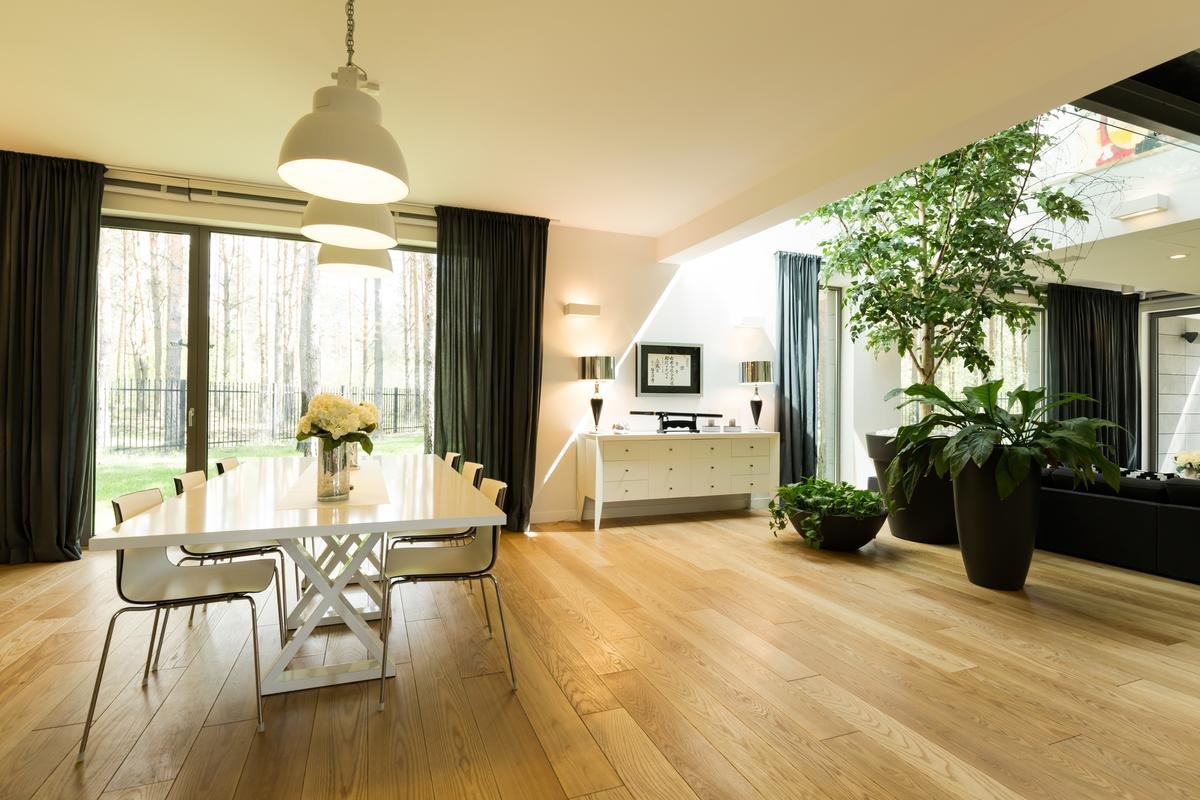Collaboration, work enquires or just say helloनमस्तेਸਤ ਸ੍ਰੀ ਅਕਾਲহ্যালো
New Delhi
Find Us
First Floor, BE-288, Harinagar
New Delhi - 110064, India
New Delhi
Find Us
First Floor, BE-288, Harinagar
New Delhi - 110064, India

We’re one with nature and not abiding by nature’s laws or defying its ways has time and again proved to be disastrous to mankind. Although technology has brought the world into the Anthropocene era, Nature still remains the soul of life’s existence on Earth. Eco-friendly Interior design holds a lot of potential in making this fast-paced growth in infrastructure more inclusive of nature.
This article discusses a few ways which will enable us to take a step towards this much-needed revolution.
In Conclusion, Contributing towards the growing infrastructure, creating spaces and ensuring that environmental conservation moves along hand-in-hand is an onus one must be ready to take on as an integral part of the biosphere, the ecosystem and the earth as a whole. Sustainability must be everyone’s agenda, not as a trend to catch on but as a sole social and humanitarian responsibility. Following the above-mentioned steps, adding more along the way as well as educating self about this theme will greatly pave a path towards creating a green plant, nurturing the present and the future of life on Earth.
Adding {{itemName}} to cart
Added {{itemName}} to cart